QEII 1st Installment: The Portraits of Queen Elizabeth II
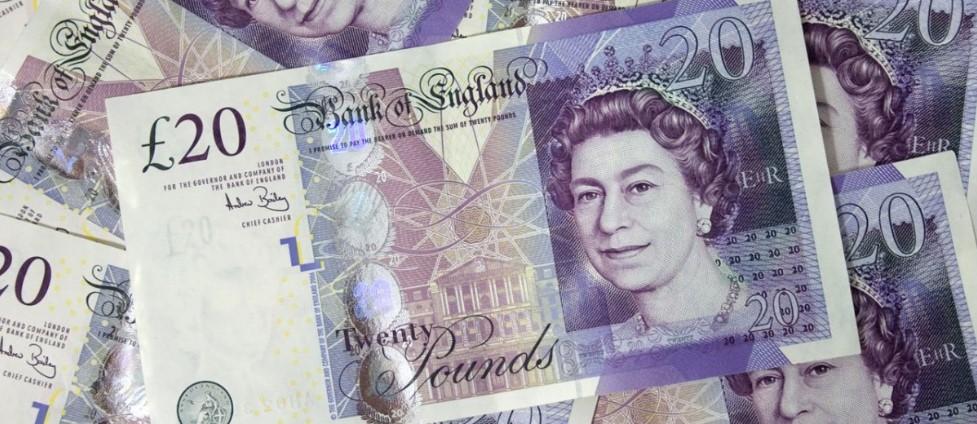

Date of Original Portrait: Circa 1934
Photographer: Marcus Adams
This portrait of Princess Elizabeth appeared on the Canadian 20-dollar note, which was issued on March 11, 1935. The note had both English text (P-46) and French text (P-47). The original portrait was taken by Marcus Adams, the official photographer to the Royal children. The image on the banknotes was engraved by Edwin Gunn, who was employed by the Canadian Banknote Company Limited.
Use of this Portrait: Canada P-46 and 47
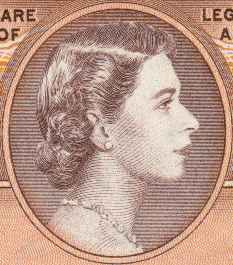
Date of Original Portrait: 1952
Photographer: Dorothy Wilding
This early portrait of The Queen is believed to have been adapted from one of the photographs taken shortly after the death of her father. It was specifically taken for coins and postage stamps, which traditionally show the profile of the monarch. The banknote designs by Thomas De La Rue also used the profile of Her Majesty to continue the use of these designs.
Use of this Portrait:
Bermuda P-18 & 19
Cyprus P-30
Portrait 3
Adapted from a classic Dorothy Wilding photograph, this is one of only a few portraits of The Queen to show her facing left. Her Majesty is wearing Queen Mary's 'Girls of Great Britain and Ireland' Tiara, which was given to the future Queen Mary as a wedding gift in 1893. The funds for the purchase of the tiara were raised by a committee formed by Lady Eve Greville. The tiara was purchased from Garrard, the London jeweller.
Date of Original Portrait: 1952
Photographer: Dorothy Wilding
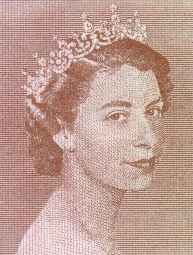
This portrait, used on the Ceylonese notes and prepared by Bradbury Wilkinson, has a distinct parting of Her Majesty's hair. In depicting her lips, there is a slight distortion, which exaggerates her mouth.
Use of this Portrait: Ceylon P-49 to 53
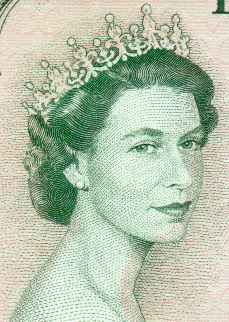
This image of Her Majesty by Thomas De La Rue is more pleasing to the eye than the Bradbury Wilkinson engraving. It has a less distinct parting of the hair, a better depiction of her lips, and adjustments to shading that improve the appearance of Queen Elizabeth.
Use of this Portrait: Jamaica P-49 to 52
Portrait 4
While this portrait has several varieties, each variety is copied from a photograph taken by Dorothy Wilding during a single portrait sitting shortly after Elizabeth became monarch. This portrait, in one of its varieties, is the most frequently used image of Queen Elizabeth on world banknotes. The Queen is wearing the George IV State Diadem, created for the coronation of George IV in 1820. Designed with symbols of the rose, thistle and shamrock, the Diadem contains 1,333 diamonds. Queen Elizabeth often wears the Diadem on state occasions. The necklace worn by The Queen, of diamond flowers and leaves, was a wedding present from Nizam of Hyderabad and Berar.
Date of Original Portrait: 1952
Photographer: Dorothy Wilding
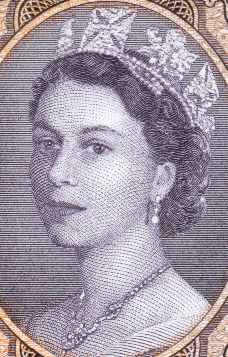
While this portrait has several varieties, each variety is copied from a photograph taken by Dorothy Wilding during a single portrait sitting shortly after Elizabeth became monarch. The Queen is wearing the George IV State Diadem, created for the coronation of George IV in 1820.
Use of this Portrait:
Bermuda P-20 to 22
Hong Kong P-324A and 325 to 327
British Honduras P-28 to 32
British Caribbean Territories P-7 to 12
Mauritius P-27 to 29A
Southern Rhodesia P-12 to 18
Cyprus P-33 to 36
Rhodesia and Nyasaland P-20 to 23
Fiji P-51 to 57
Belize P-33 to 37
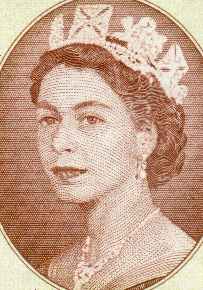
The second variety of this portrait, which appears on the notes of The Bahamas and Malta, was designed by Thomas De La Rue. It has less shading on the right cheek, and The Queen's head does not have the tilt apparent in the Bradbury Wilkinson portrait.
Use of this Portrait:
Bahamas P-13 to 16
Malta P-27 to 29A
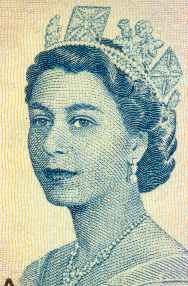
The portrait on the issues of Malaysia and North Borneo, prepared by Waterlow and Sons, provides a third variety of the Portrait. Similar to the Bradbury Wilkinson portrait, this engraving has cleaner lines and the tilt of the head is less distinct.
Use of this Portrait: Malaya and North Borneo P-1 to 7 and 9
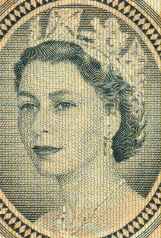
This engraving, used only on the notes of the East African Currency Board, is distinct because of the depiction of the eyes of Her Majesty. Her eyes seem to be fixed on an object in the distance.
Use of this Portrait: East African Currency Board P-33 to 36
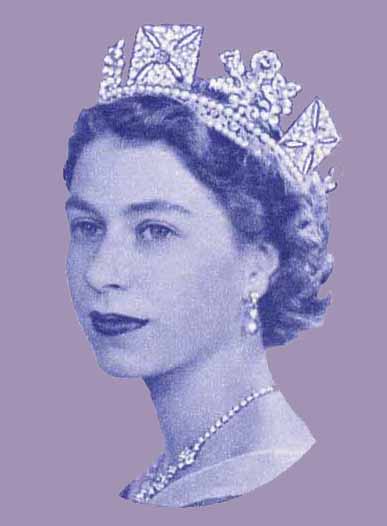
Portrait 4e
Prepared by Harrisons, the English security printer, this portrait was prepared for use on an essay for an issue of Zambian notes. The Zambian notes were not manufactured and the portrait was never used on an issued note.
Use of this Portrait:
Zambia P-A1
courtesy of Russell Waller
